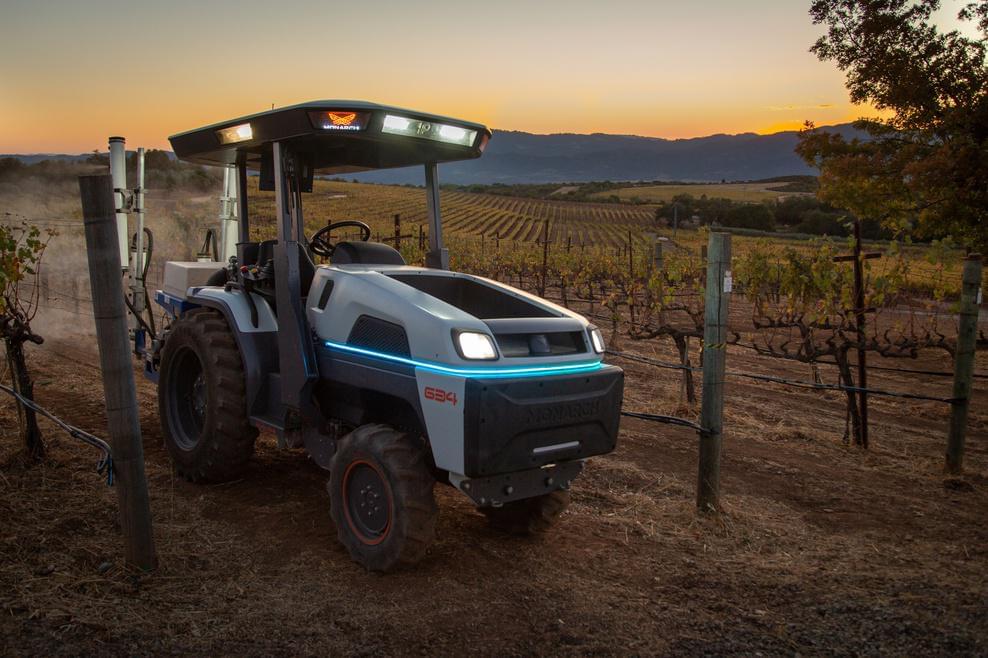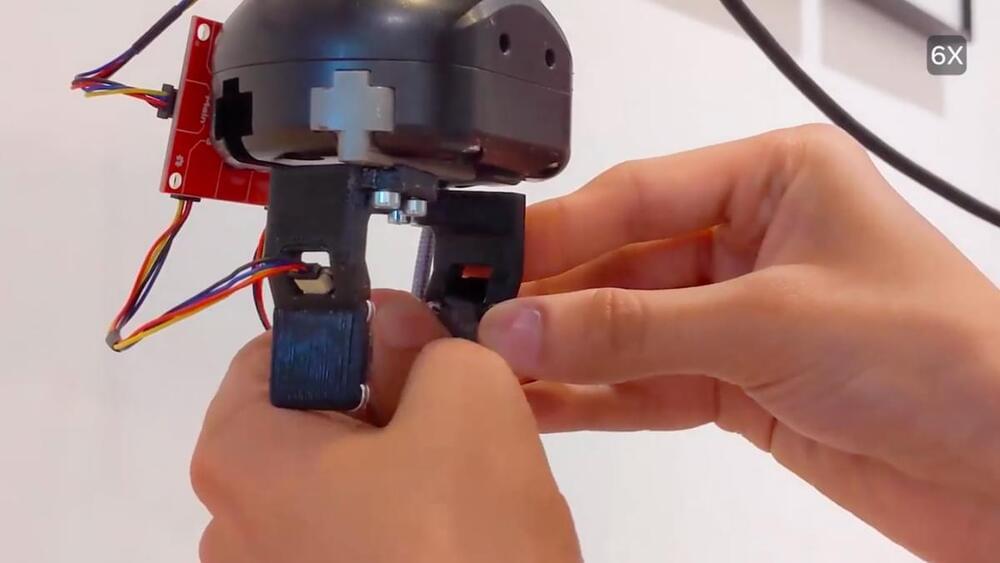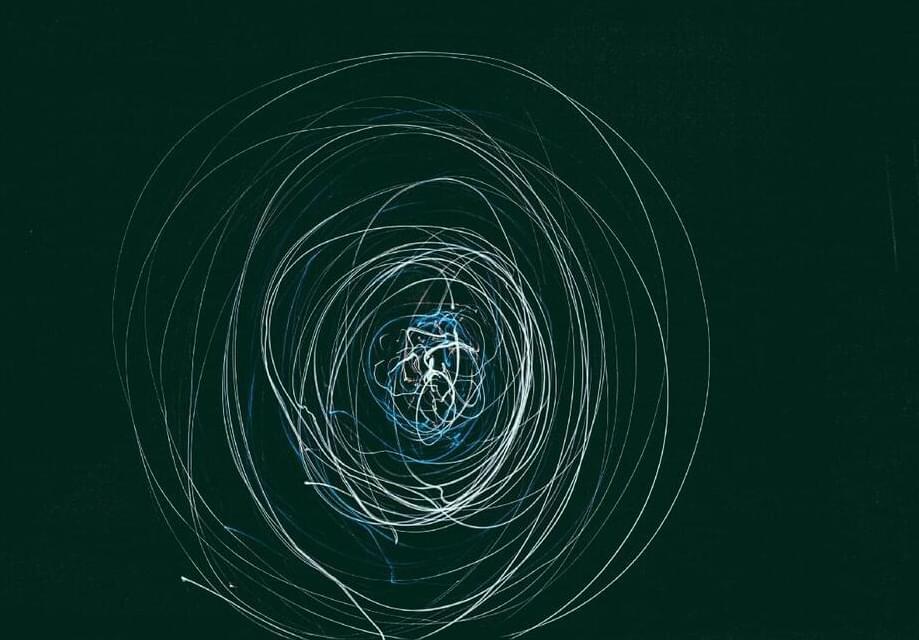The future of Neuromorphic computing and nanotechnology enabling real life Nanosuits is already here according to several leading scientists in that field. Whether it’s the Nanosuit from Iron Man or from Crysis, the nanobots and brain computer interfaces which make those intelligent smart clothes up work in a very similar way.
Neuromorphic computing essentially involves assembling artificial neurons to function based on the principles of the human brain. It works on Spiking Neural Networks or SNNs, where each “neuron” sends independent signals to other neurons. It emulates natural neural networks that exist in biological brains.
–
Every day is a day closer to the Technological Singularity. Experience Robots learning to walk & think, humans flying to Mars and us finally merging with technology itself. And as all of that happens, we at AI News cover the absolute cutting edge best technology inventions of Humanity.
If you enjoyed this video, please consider rating this video and subscribing to our channel for more frequent uploads. Thank you! smile
–
TIMESTAMPS:
00:00 What’s the plan?
01:55 How Neuromorphic Computing will enable Nanosuits.
03:36 How does Neuromorphic Computing work?
04:58 Nanosuit Material.
06:42 Last Words.
–
#nanosuit #nanobots #neuromorphic





